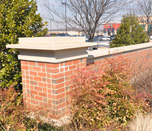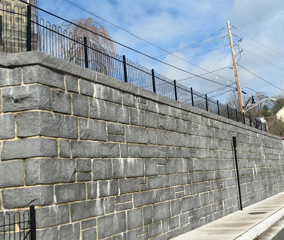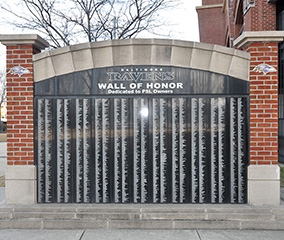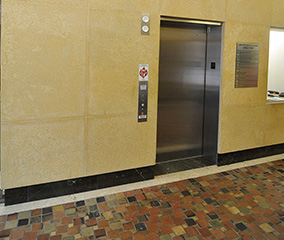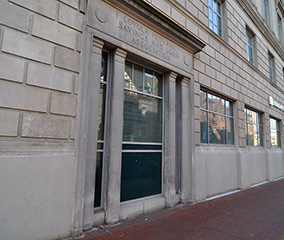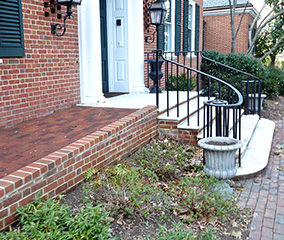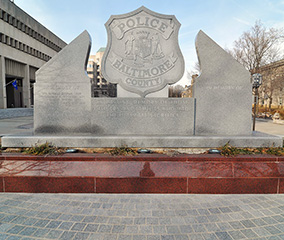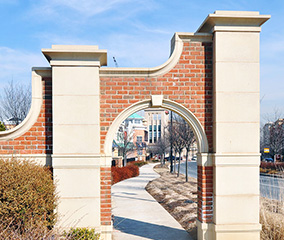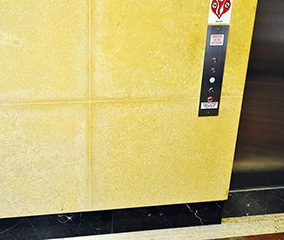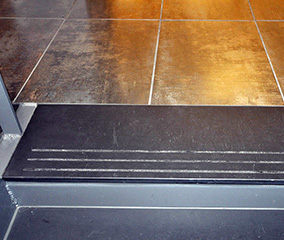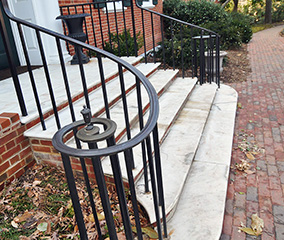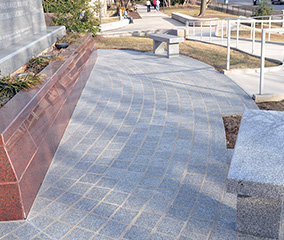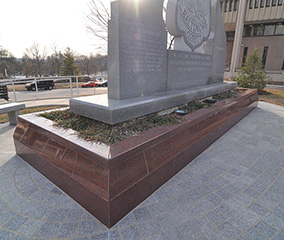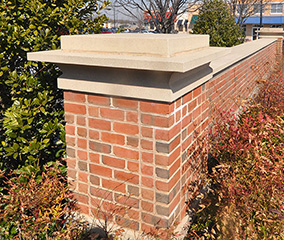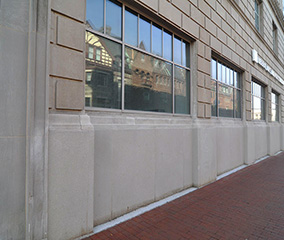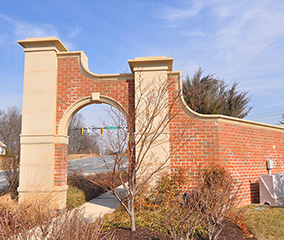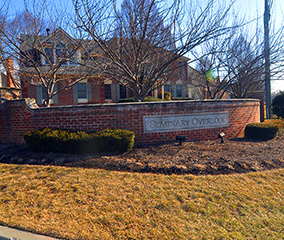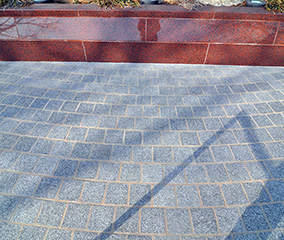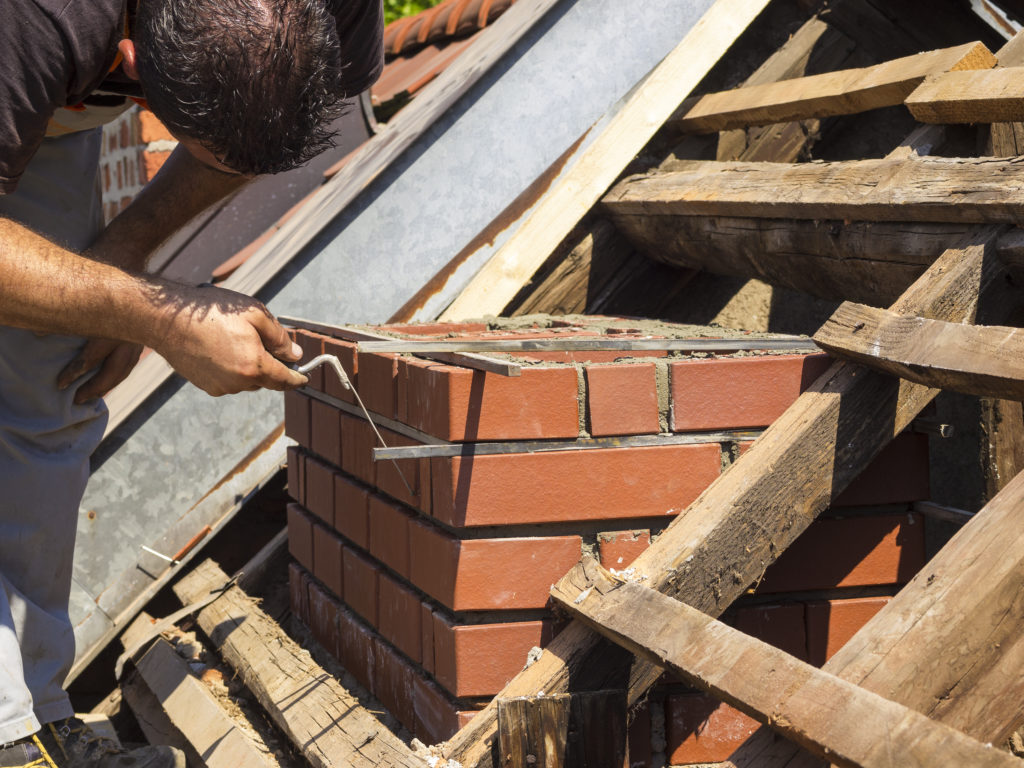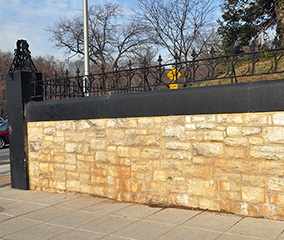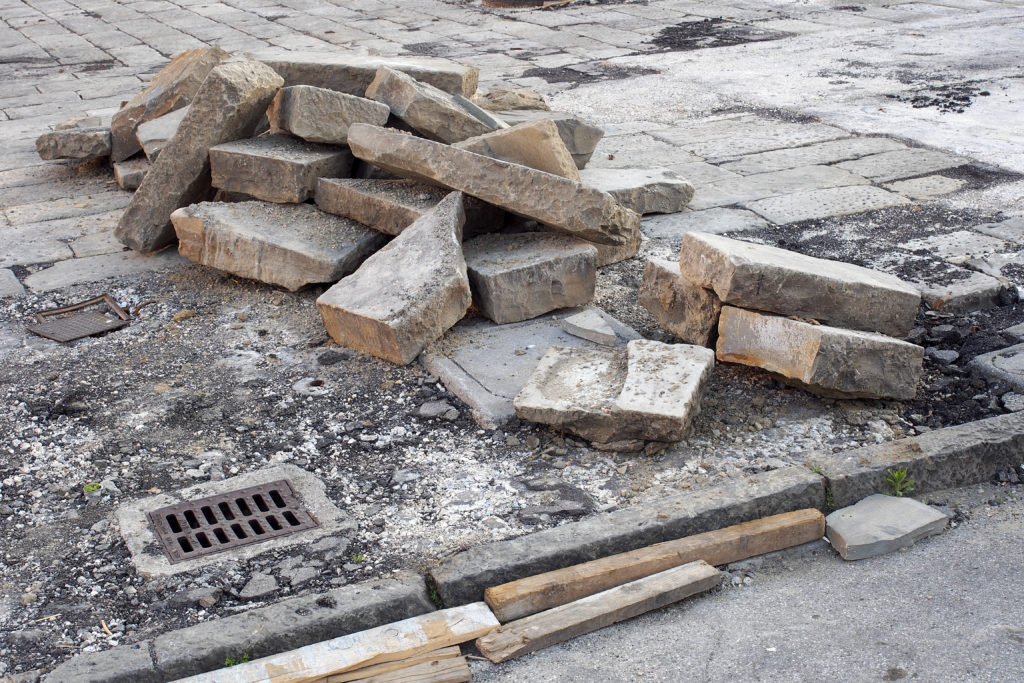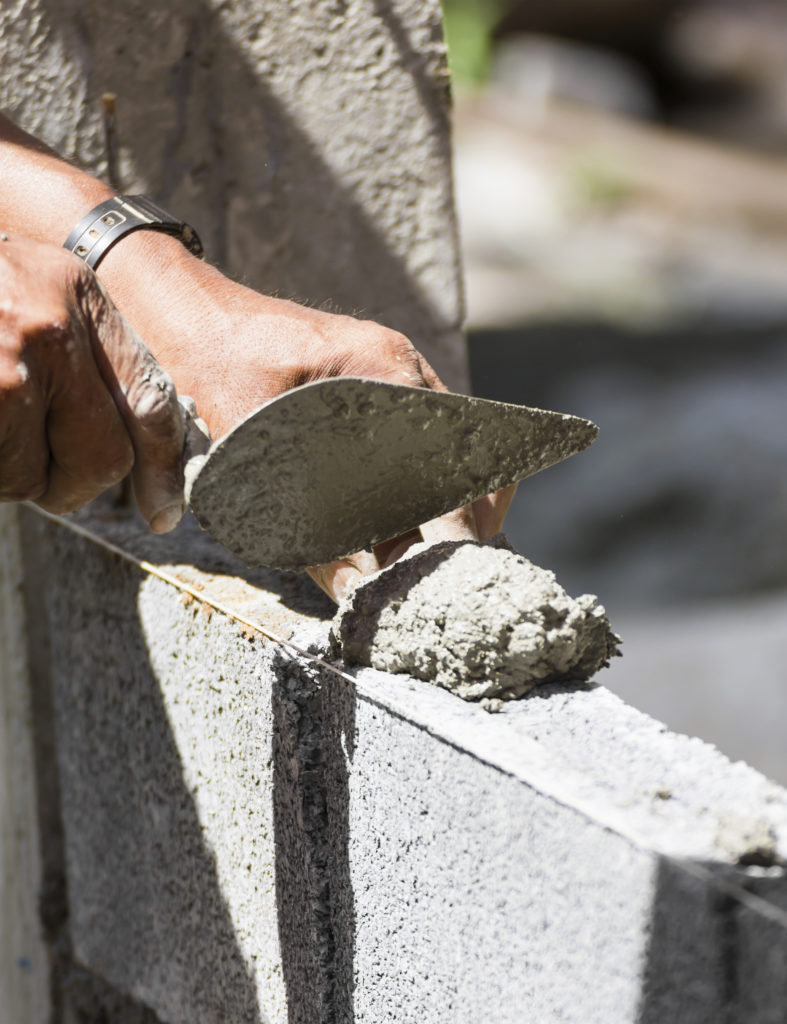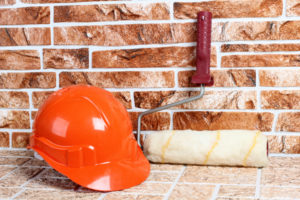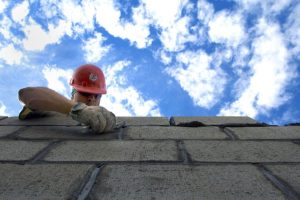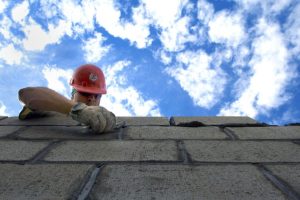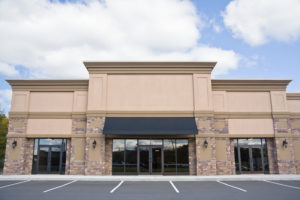
First impressions are everything when it comes to attracting customers. Quality hardscaping can add a significant amount of curb appeal to your business.
When it comes to expanding your business, improving your branding and overall look is a surefire way to grab a customer’s attention and set yourself apart. A great place to start is using landscaping and hardscaping. Whether you expect to bring clients to visit your business or want to attract the attention of passersby, tap into the latest hardscaping trends to enhance your business’s appearance and create an appealing space for customers and employees alike. Whether you want to have a standout pathway to your front door or construct a patio for outdoor enjoyment, your trusted hardscaping and masonry professional can help. Check out these three simple ways hardscaping can improve your business, from the outside in.
(more…)
